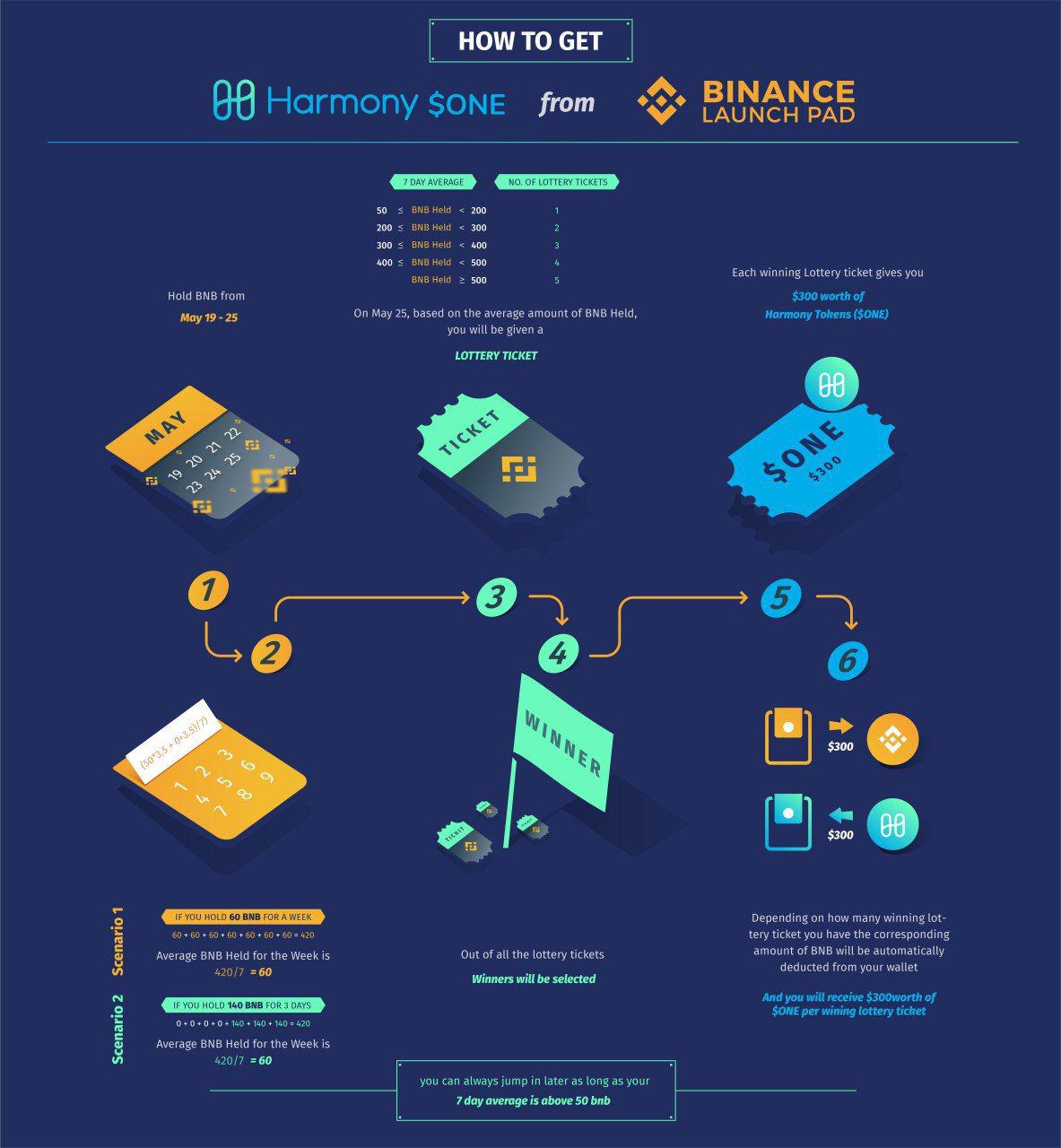2019-6-28 22:00 |
Coinspeaker
Harmony Launches Their Mainnet That Solves ‘the Blockchain’s Hardest Challenge’
Binance Labs startup Harmony, a fast and secure blockchain platform with key innovations in state sharding and peer-to-peer networking announced the launching of its mainnet 2 days ahead of the original schedule.
Built by a team featuring engineers and leaders from Google, Apple, Amazon, Stanford, and Harvard, Harmony’s sharding uses secure proof-of-stake and decentralized randomness, and its networking achieves optimal cross-shard routing and fast block propagation.
The first phase of Harmony’s mainnet will be launched by 30th June 2019 which will be fully sharded using PoS incentive mechanism. It would solve the hardest challenges in blockchain i.e. ‘scaling linearly’.
Bitcoin, Ethereum and the majority of current protocols do not scale linearly-more nodes slow down these networks. With Harmony, as more nodes join, the protocol enables to process more transactions. It’s a significant milestone for a blockchain network based on pBFT consensus mechanism.
In the beginning, Harmony’s blockchain will have 4 shards and a total of 600 nodes on the network (each shard with 150 nodes). Approximately 25% of the nodes will be external validators (Harmony Foundational Nodes) earning full block rewards of 0.1 $ONE per block per node.
The remaining nodes will be run by Harmony to ensure substantial monitoring and stability for the network at this early stage.
In the first phase, the network could be unstable and may experience halts or other forms of failure, therefore requiring intervention. This type of failure is expected in the beginning while the network gains stability.
Mainnet V1 is expected to be ready for launch by Q3 2019 with native Harmony tokens in phase III launch, Harmony will support WASM. They said:
“Nodes can be corrupted, become unresponsive over time. Being a leader-based mechanism we get speed, however, we need to guard against this kind of a badly behaving leader. To our knowledge, we are the first protocol in the world that has implemented a leader-change mechanism.”
They also kept asking themselves one question and that is: How can they structure the consensus process such that anyone can join as a participant but does not immediately become a burden to the existing participants in the network?
To address this, they implemented 3 key innovations into the protocol that includes, as already mentioned, fast-BFT consensus, view-change protocol (guard against a misbehaving or adversarial leader) and state synchronization meaning one is able to join the network whenever one wants.
Harmony is highly scalable FBFT (Fast Byzantine Fault Tolerant) consensus that uses BLS (Boneh-Lynn-Shacham) multi-signatures and is also secure distributed randomness generation protocol that uses VDF (Verifiable Delay Function).
Harmony does sharding with adaptive Proof-of-Stake for strong network security and uses Kademlia routing and erasure encoding for optimal network performance.
The company can laud themselves that with starting with a network of 600 nodes, 150 nodes in each of the 4 shards. 150 nodes, i.e. 25% of our nodes are external, they became one of the top 7 most decentralized networks in the world right below household names such as Bitcoin, Ethereum, Monero and Ripple’s XRP.
Harmony Launches Their Mainnet That Solves ‘the Blockchain’s Hardest Challenge’
origin »High Performance Blockchain (HPB) íà Currencies.ru
|
|









